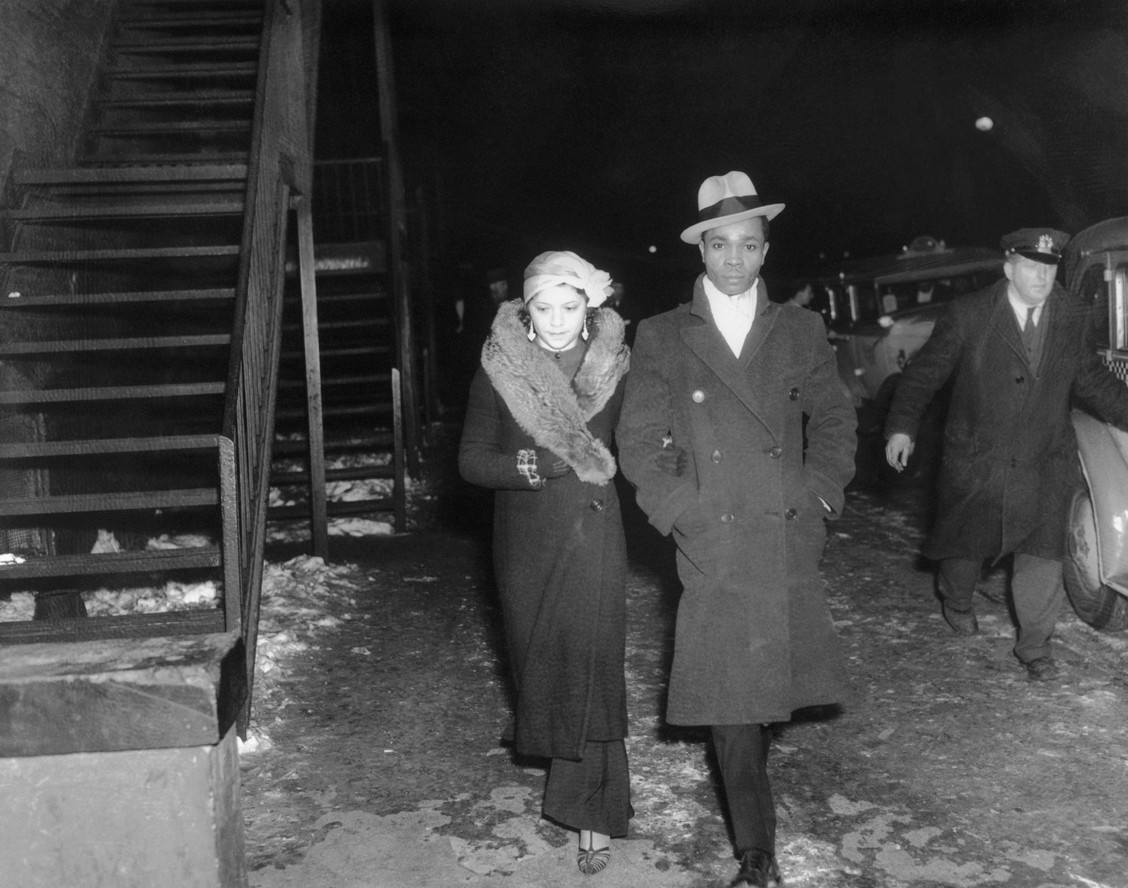

It skates much closer to a work of "critical fabulation," the scholar Saidiya Hartman's term for a method of storytelling that crosses genres and responds to omissions in the historical record by imaginative reconstruction. Like Woolf's lushly polyphonic novel The Waves, which she called "my first work in my own style!," After Sappho eschews plot in favor of riverine vignettes - in this case, of and about historical personages both well-known (Colette, Gertrude Stein, Sarah Bernhardt, and Radclyffe Hall make frequent appearances) and more obscure, like the American writer Natalie Barney, the painter Romaine Brooks, and the actress Eleonora Duse.Īfter Sappho is billed as a novel, but can't really be said to lodge in any one category.

It's innovatively narrated from a perspective that might be called the first person choral, levitating among multiple consciousnesses of women writers, painters and actors who channeled the spirit of Sappho in the late 19th and early 20th centuries. Longlisted for the 2022 Booker Prize, the book is partly a love letter to Woolf and the female poet Sappho, partly a work of literary criticism and partly a work of speculative biography. Writing on the literary representation of women in A Room of One's Own, Virginia Woolf mused that "What one must do to bring her to life was to think poetically and prosaically at one and the same moment, thus keeping in touch with fact but not losing sight of fiction either - that she is a vessel in which all sorts of spirits and forces are coursing and flashing perpetually."Īfter Sappho, a brilliant debut work from Selby Wynn Schwartz, takes Woolf at her instructive word.


 0 kommentar(er)
0 kommentar(er)
